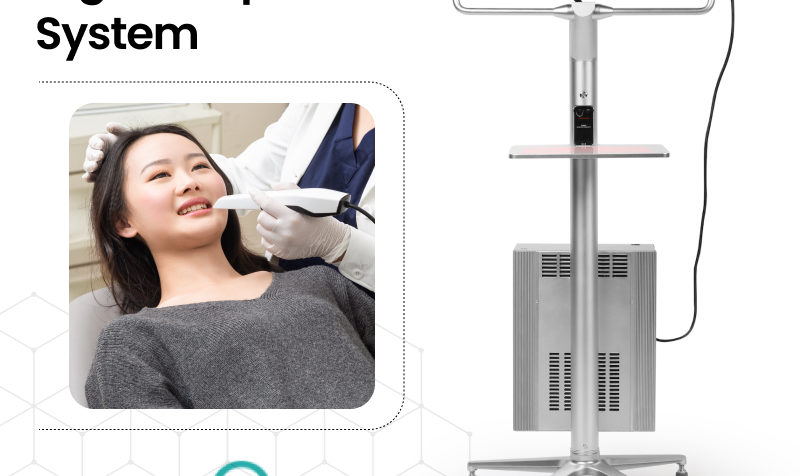Digital impression systems are transforming the way dentists make the diagnosis of dental ailments and treat them. The treatment includes preparing dental restorations, aligners, crowns, and other dental prostheses for patients. To be specific, the digital impression systems build a map of the patients’ teeth by using lasers and other optical sources. A digital impression system provides a host of benefits that may not be possible to achieve using conventional impression approaches. These may include time savings and a superior patient experience to accuracy and the ease of storing electronic data. Furthermore, it can be used effectively for both restorative as well as diagnostic purposes. In this blog, we shall discuss the various aspects of a digital impression system including the types and benefits.

Kinds of Digital Impression Systems
Digital impression technology can be classified into two types:
- There are systems that capture the dental images and transmit them to the monitor for better viewing. These highly precise pictures display the contours of the teeth and gums and do not need the patients to clutch on to uncomfortable and gooey materials in the mouth. In addition to that, they do not need to be powder coated before scanning.
- The second type of system uses blue LEDs (Light Emitting Diodes). These are optical scanners that rest upon a reflective surface and require a different medium or powder to make a representation of the tooth’s morphology.
Digital Advantages:
Digital intraoral impressions are ideal for patients who are uncomfortable with traditional impressions, especially for people with sturdy gag reflexes, uneasiness, or concerns while undergoing dental treatment. Besides, marking margins can digitally reduce the chances of over-trimming to a great extent. Even if the margin after the die has been digitally trimmed, the digital file gets automatically saved on the computer.
Conventional Advantages:
As the technology has been used successfully for some time, patients have become comfortable with its usage. So, be it diagnosing any dental issue or designing implants or aligners, the usage of a China intraoral scanner and other devices as part of digital dentistry has become quite widespread. These scanners capture bite registrations more accurately, thereby eliminating the need to send the case to verify the bite.
Other Benefits of a Digital Impression System:
- Offers enhanced precision, effectiveness, and a superior experience for patients.
- With an instant approach to augmented images, dentists can look at the impression from separate angles to prepare the design and margins in real-time.
- Makes it easier for dentists to email the digital impressions to the laboratory, rather than having to redirect conventional impressions by mail.
- Minimal possibility of impression-taking mistakes and removal of material inaccuracies leading to lesser restoration errors.
- Reduces the dentist’s workload, boosts turnaround time, increases patients’ footfalls, and offers better revenue.
Final Thoughts
Today, dentists are increasingly looking at embracing digitization to deliver a better patient experience, achieve greater patient footfalls, and stay competitive. The digital impression system is fast, easy to operate, convenient, and more accurate. So, acquiring a digital intraoral impression system can not only enhance patient satisfaction but also result in a precision-fitted reimposition of teeth. Make your choice wisely!
Today, dentists are increasingly looking at embracing digitization to deliver a better patient experience, achieve greater patient footfalls, and stay competitive. The digital impression system is fast, easy to operate, convenient, and more accurate. So, acquiring a digital intraoral impression system can not only enhance patient satisfaction but also result in a precision-fitted reimposition of teeth. Make your choice wisely!






